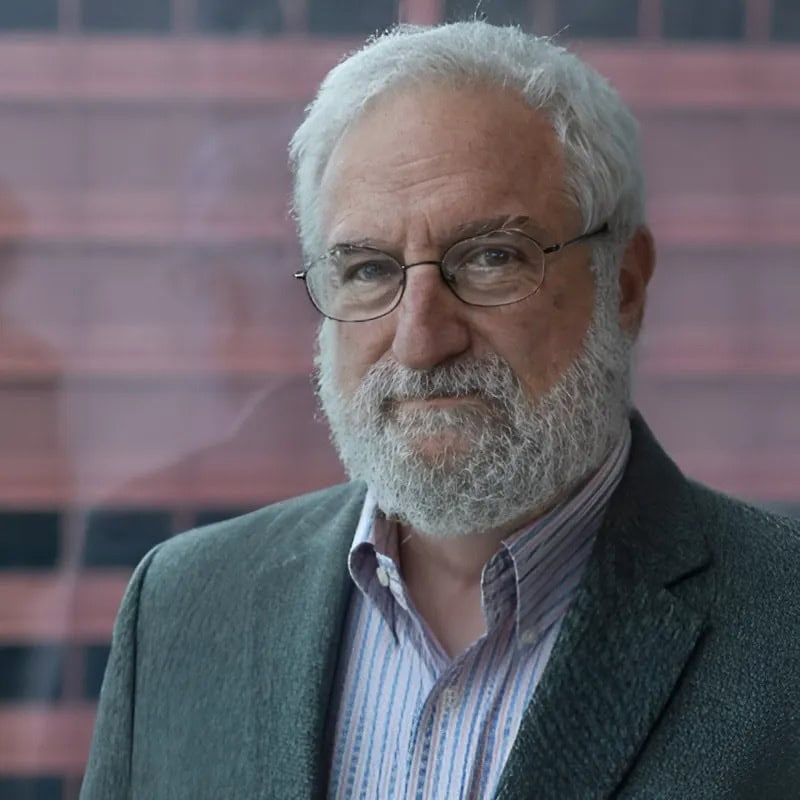I begin to write this as an opera singer performs “Hallelujah,” “Ave Maria,” “God Bless America,” and “America the Beautiful” to close a spectacular event at the White House capped by a long presidential speech. The smoke from a fireworks display over the nearby Washington Monument is visible from my home. Approximately 1,500 spectators sit shoulder to shoulder with barely a mask in sight. More than merely an audience, they are part of the spectacle itself.
What is happening here? As a historian, and a resident of the Swamp, I would normally take little notice of such theater. Spectacles at the White House are a dime a dozen, which is why we have so many military bands, one of them designated “the President’s Own.” Washingtonians have grown accustomed to looking toward the monument for over-the-top fireworks displays. Lots of elegantly dressed white people in chairs on the White House lawn? Nothing unusual about that; more frequent in recent years, perhaps, but also a sight with a very long tradition. Maybe a few more American flags than usual, but we’re used to White House gatherings that blow smoke, literally and figuratively. The goal of a spectacle, after all, is often to obscure reality, even to create unreality.
But “normally” does not apply to this week, and this was no “normal” event. It was a nomination extravaganza, culminating in an intensely grim and partisan speech that named the president’s opponent 41 times. Normally, sitting presidents accept their party’s nomination someplace other than where they sit each day—the White House. Normally, the secretary of state does not speak to a nominating convention, drawing a time-honored (if performative) line between diplomacy and politics. Normally, half of the “key speakers” at a presidential nominating convention are not members of the president’s family. Normally, the Secret Service isn’t depleted by officers sidelined due to preventable exposure to dangerous conditions. And normal presidents, in times of national crisis, seek to unite—even superficially, even temporarily—rather than divide the nation.
I’m well aware that in this year of COVID-19, millions of Americans—including the AHA staff, all of whom are working remotely—inhabit a world in which little feels normal. Businesses across the country are closed, despite available staffing and strong demand for their goods and services. Baseball is played in empty stadiums. Reminiscent of William McKinley on his front porch in 1896, one candidate campaigns from his basement. But in each of these cases and thousands of others, the shattering of norms is an imperative driven by the unambiguous advice of medical experts amid a pandemic. Norms that must be broken should be broken.
Norms that must be broken should be broken. . . Some norms are worth defending.
Some norms managed to remain in place during the spectacle on the South Lawn. Normally, White House audiences don’t wear masks. Nor did they this evening, while seated normally, in rows. Here, the spectacle was the maintenance of a norm, because normally a national leader might be expected to heed the advice of medical professionals. In this case, ignoring that advice—violating the “new normal” mandated in cities across the country (including Washington, DC)—was a purposeful component of a carefully scripted performance. It is not normal for a national leader to divide a nation by transforming violation of public health norms into a symbol of virility, political loyalty, constitutional guarantees, or American individualism.
Why does this matter? After all, a significant aspect of liberal education is teaching our students to question authority (intellectual and otherwise), to interrogate the very concept of “normal.” For historians committed to the idea that human agency creates change, any notion of a fixed or innate normality makes little sense—intellectually, politically, culturally, or spiritually.
I’m wrestling with that, reluctant to sink to the level of “only norms that I value shouldn’t be questioned.” It’s not hard to find that perspective (nearly always implicit) in Washington, where many norms, intentionally or not, inhibit change. In some cases, the persistence of norms is clearly insidious, such as those that concentrate power and perpetuate exclusion. In others, norms are essential to public confidence in government, such as veracity and integrity. And sometimes, it’s complicated, as in the many aspects of compromise and collegiality perhaps essential to doing public work.
Somewhere in this swamp lies a relationship between norms and ethics that, if I were still teaching, I would take into class tomorrow. In a graduate seminar, I might introduce the AHA’s Statement on Standards of Professional Conduct to address the South Lawn spectacle and the use of spectacle historically to blur or distort reality. For historians, a bold line, a norm I accept, is laid out in the statement this way: “All historians believe in honoring the integrity of the historical record. They do not fabricate evidence.” Although “multiple, conflicting perspectives are among the truths of history . . . [and] historians can sometimes differ quite vehemently not just about interpretations but even about the basic facts of what happened,” we don’t make stuff up. We might disagree about what the evidence says and argue about which evidence matters; we don’t say something didn’t happen when clearly it did.
Nobody can make informed decisions unless they accept the imperative of getting the facts right.
The president has described this as “the most important election in the history of our country. At no time before have voters faced a clearer choice between two parties, two visions, two philosophies, or two agendas.” Historians might consider the importance of the election of 1800, which created a norm for succession after victory by an opposing party. Or the election of 1860, which led to upending an assumption shared by much of the nation that it was right, just, and somehow normal for some humans to own others as legal, conveyable property. But the second sentence probably wasn’t too far off: as the number of persuadable voters has declined, the space between the parties has become a chasm.
What makes this spectacle important is not only the significance of the impending election, but the way the spectacle poses norms and ethics in relation to fact and law. We all make mistakes. If in a 70-minute speech I make 25 claims that are untrue or grossly misleading, the ethical thing to do is to issue a public correction. News media adhering to their professional norms and ethics do this regularly. Nobody in government, in business, in higher education or elsewhere can make informed decisions unless they accept the imperative of getting the facts right. None of us want our medical professionals or auto mechanics to make decisions in an environment where they are free to accept, reject, or invent evidence based on self-interest. Some norms are worth defending.
And then there’s law. It may not be normal for a president to blatantly campaign from the White House, but it is not legal for anyone other than the president or vice president to use federal resources for that purpose. Norms intrude again. It is not normal for a high-level federal official to dismiss such violation not because she denies the fact of her actions, but because the fact simply doesn’t matter. “Blah, blah, blah,” said the president’s senior counselor Kellyanne Conway. “If you’re trying to silence me through the Hatch Act, it’s not going to work. Let me know when the jail sentence starts.”
If the law is irrelevant, if facts don’t matter, and if norms are no stronger than one man’s whims, then “law and order” is as much mere smoke from the fireworks as a spectacle scripted to replace medical science with political theater. It’s just blah, blah, blah.
This work is licensed under a Creative Commons Attribution-NonCommercial-NoDerivatives 4.0 International License. Attribution must provide author name, article title, Perspectives on History, date of publication, and a link to this page. This license applies only to the article, not to text or images used here by permission.

